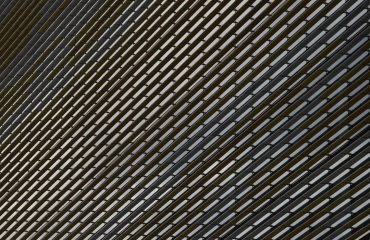Structural steel has long been a cornerstone of modern construction, and for good reason. Its versatility, strength, and efficiency make it a superior choice for a wide array of projects, from towering skyscrapers to intricate bridges and robust industrial facilities. This comprehensive guide delves into the numerous benefits of using structural steel, highlighting why it remains a leading material in the construction industry.
Unmatched Strength and Durability: The Foundation of Steel’s Success
The exceptional strength-to-weight ratio of structural steel is unparalleled. This means that steel can support significant loads while minimizing the overall weight of the structure. This is particularly advantageous in high-rise buildings, where minimizing weight reduces the overall foundation requirements, leading to cost savings and improved structural integrity. Furthermore, steel’s inherent durability ensures long-lasting performance, resisting wear and tear far better than many alternative materials. Properly designed and maintained steel structures can withstand extreme weather conditions, seismic activity, and other environmental stressors, ensuring longevity and minimizing maintenance costs over the structure’s lifespan. The inherent resilience of steel also makes it a preferred choice in regions prone to natural disasters.
Versatility and Design Flexibility: Shaping the Future of Construction
Structural steel’s versatility is another key advantage. Its malleability allows for complex and intricate designs that would be impossible or impractical with other materials. Architects and engineers can create stunning and innovative structures, pushing the boundaries of design and functionality. From curved beams and intricate trusses to complex lattice systems, steel offers the flexibility to realize almost any architectural vision. This adaptability extends to prefabrication, where steel components can be manufactured off-site and assembled quickly and efficiently on-site, minimizing construction time and disruption. This prefabrication also allows for better quality control and reduces waste.
Cost-Effectiveness and Time Efficiency: Delivering Value Throughout the Project Lifecycle
While the initial cost of steel might seem higher than some alternatives, the long-term cost-effectiveness is undeniable. The speed of construction, thanks to prefabrication and efficient assembly, significantly reduces labor costs and project timelines. The durability and low maintenance requirements further contribute to long-term savings. Steel structures require less ongoing maintenance compared to materials like wood or concrete, minimizing repair and replacement costs over the structure’s lifespan. The reduced construction time also translates to faster project completion, allowing for quicker occupancy and return on investment.
Sustainability and Environmental Considerations: Building a Greener Future
Contrary to common misconceptions, structural steel is a highly sustainable material. Steel is 100% recyclable, and its recycling process consumes significantly less energy than producing new steel from raw materials. This makes steel a truly circular material, minimizing its environmental footprint. Furthermore, advancements in steel production are constantly improving its sustainability profile, reducing emissions and improving energy efficiency throughout the manufacturing process. The durability of steel also contributes to its sustainability, as longer-lasting structures reduce the need for frequent replacements and associated environmental impact.
Fire Resistance and Safety: Protecting Lives and Investments
Steel’s inherent fire resistance, when properly protected, is a crucial safety feature. Protective coatings and fireproofing techniques significantly enhance steel’s ability to withstand high temperatures, preventing structural collapse in the event of a fire. This ensures the safety of occupants and protects the building’s integrity, minimizing damage and loss. Steel’s predictable behavior under fire conditions allows engineers to design structures that can withstand fire events, enhancing overall building safety and providing crucial time for evacuation.
In conclusion, the benefits of structural steel are undeniable. From its exceptional strength and durability to its versatility, cost-effectiveness, and sustainability, steel remains a premier material for diverse construction projects. By understanding these advantages, architects, engineers, and developers can make informed decisions, ensuring the creation of strong, safe, and sustainable structures for generations to come.
SEO-Friendly Tags:
- Structural Steel Benefits
- Steel Construction Advantages
- Sustainable Steel Buildings
- Steel Structure Design
- Cost Effective Steel Construction




